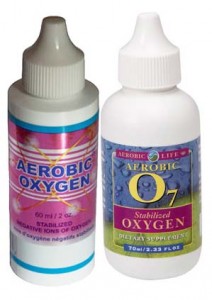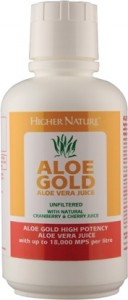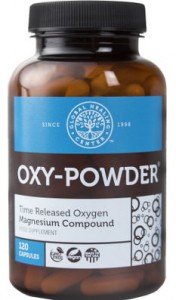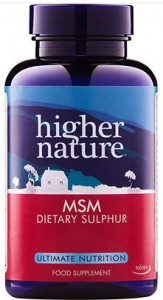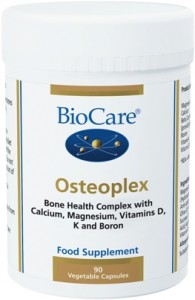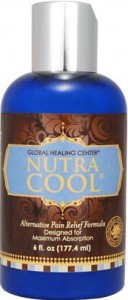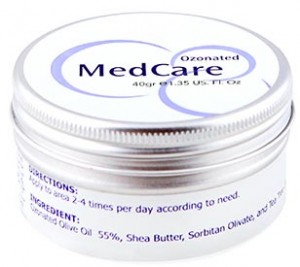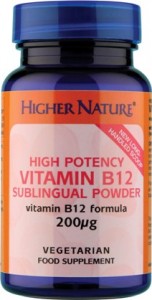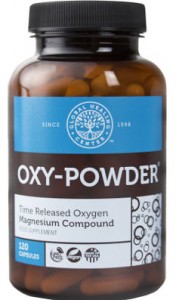Few people enjoy getting older. Why would they? After all, it means having to watch their body age. For that reason – and it’s no surprise – the notion of ‘anti-ageing’ has become highly popular over recent decades; people are eager to discover any and every new development that might aid them in not getting wrinkles or keeping different bits of their bodies looking and feeling as young as possible.
The truth is, of course, there’s no silver bullet to anti-ageing; and yet many experts agree one of the best ways to combat the effects of ageing is by relying on natural sources that feature good, quality nutritional and even botanical ingredients. So how do you do this? Well, the most obvious way is to adopt a decent diet featuring age-defying foods, but you may also consider naturally-derived supplements. There’s a lot of choice out there…
Eat more of…
Try to remember to pile your plate with colourful fruits and vegetables – if they’re bright they’re likely to be good for you. More than five a day are recommended, despite what you’ve heard. Specifically:
- Leafy and dark green vegetables – the likes of mustard greens, kale, collard and spinach are rich in the antioxidants Vitamin C, zinc and beta-carotene, all of which can help reduce the chance of macular degeneration of eyes, one of the leading causes of blindness in the elderly. Bright-coloured fruits and veg like oranges, peppers, corn and cantaloupe can help here too
- Yellow and green vegetables – because they contain Vitamin C and other antioxidants, it’s believed they can help ensure you develop fewer wrinkles, aiding your to skin remain young-looking
- Grapes and red wine – grapes feature the antioxidant resveratrol, which is useful because it’s believed to help lower one’s chances of suffering from premature aging and heart disease
- Whole grains – foodstuffs like barley, wheat, brown rice, oats and quinoa are full of fibre, which means consuming them lowers the odds of developing type 2 diabetes and can help ensure blood vessels function as they should
- Fish – fatty fish is very good for you because of the Omega-3 fatty acids they contain (indeed, the latter offers many an anti-aging benefit, working to protect the heart and possibly even helping ward off Alzheimer’s disease); salmon, lake trout, tuna, sardines and pilchards (adult sardines) are all recommended here
- Dairy – low-fat milk, yoghurt and other dairy products are not only great for delivering calcium and fortified Vitamin D to your bones, helping ensure they remain strong and thus warding off osteoporosis (bone brittleness), but also help lower your cholesterol levels, hopefully warding off heart disease; also recommended are cereals fortified with Vitamin D and calcium
- Nuts – as they contain the right sort of fat (as opposed to the wrong or ‘saturated’ sort), certain nuts, so research has found, can reduce the danger of both high blood pressure and high cholesterol levels by as much as 20%; about four almonds a day (or the equivalent amount) is what you should aim for
- Beans and lentils – like grain, these vegetables are great for providing fibre and protein; they also tend to be relatively cheap and a tasty ingredient in soups, casseroles and the like.
Eat less of…
Quite simply, foods that are generally bad for you are anathema to anti-ageing; they’ll just contribute to the ageing process. So you should aim to limit:
- High-fat meat, high-fat dairy and bakery – plain and simple, the bad thing about these is their high levels of saturated fat, which can clog up your arteries and increase the chance of heart issues
- Added sugar – it can send your blood sugar levels up and down like there’s no tomorrow, while the excess calories it introduces into your body could, in time, lead to insulin resistance, in turn leading to type 2 diabetes, which aside from anything else can help cause heart disease
- Salt – thanks to the sodium it contains, too much salt tends to raise blood pressure, potentially damaging kidneys, eyes and even the brain; note: the recommended daily intake of salt’s around one teaspoon, while it’s also far from a bad idea to check labels for sodium levels in frozen, canned and boxed foods, as it’s likely they may contain more salt than you’d assume.
Supplements
In addition to trying to eat healthily, you can proactively tackle anti-ageing via naturally-derived supplements. All of the anti-ageing supplements listed below contain highly nutritious, natural ingredients and are available through us at The Finchley Clinic. Needless to say then, they’re all highly recommended…
Aerobic Oxygen (60ml) and Aerobic O7 (70ml) – two similar, fluid-based supplements that provide stabilised oxygen, a healer, cleanser and critical source of energy, to every one of the body’s cells and so are of enormous benefit to any anti-ageing programme
Aeterna Gold AstaPure Timeless Beauty (30 capsules) – delivering skin protection from the inside, this supplement provides pure astaxanthin (extracted from the aquatic plant haematococcus pluvialis) that helps protect you from free radicals; it’s ideal should you have experienced prolonged exposure to sunlight
Aeterna Gold Collagen – promotes young and healthy-looking skin as it delivers important nutrients such as Vitamin C, hyaluronic acid and especially (non-shark) collagen, of which we lose up to 1.5% each year after the age of 30; available either as a drink (80g) or in capsule form (volume: 90)
Green Magma (Barley Grass) Powder (150g, 300g and 80g) – rich in vitamins, minerals and amino acids, it reduces inflammation, helps lower cholesterol and can help detoxify the body of many harmful chemicals like pesticides, food additives, heavy metals and even acetaldehyde, the by-product of alcohol that causes hangovers!

